哈勃太空望远镜首次直接测量了一颗孤立白矮星的质量
天文学家利用NASA的哈勃太空望远镜首次直接测量了一颗孤立白矮星的质量,白矮星是一颗燃烧殆尽的类太阳恒星的残留核心。

天文学家利用NASA的哈勃太空望远镜首次直接测量了一颗孤立白矮星的质量,白矮星是一颗燃烧殆尽的类太阳恒星的残留核心。
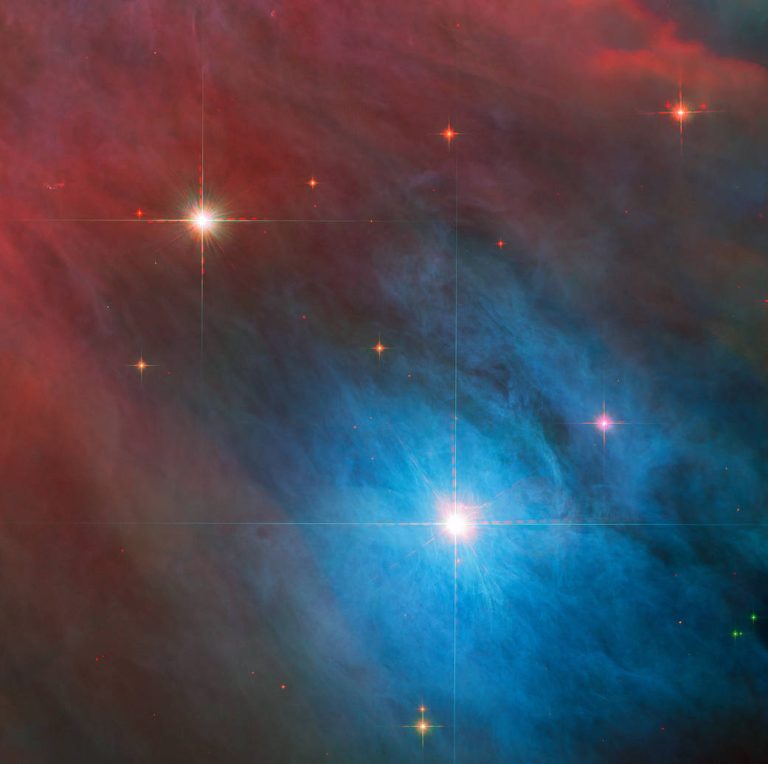
The bright variable star V 372 Orionis takes center stage in this image from the NASA/ESA Hubble Space Telescope, which has also captured a smaller companion star in the upper left of this image. Both stars lie in the Orion Nebula, a colossal region of star formation roughly 1,450 light-years from Earth. V 372 Orionis is a particular type of variable star known as an Orion Variable. These young stars experience some tempestuous moods and growing pains, which are visible to astronomers as irregular variations in luminosity. Orion Variables are often associated with diffuse nebulae, and V 372 Orionis is no exception; the patchy gas and dust of the Orion Nebula pervade this scene. This image overlays data from two of Hubble’s instruments. Data from…
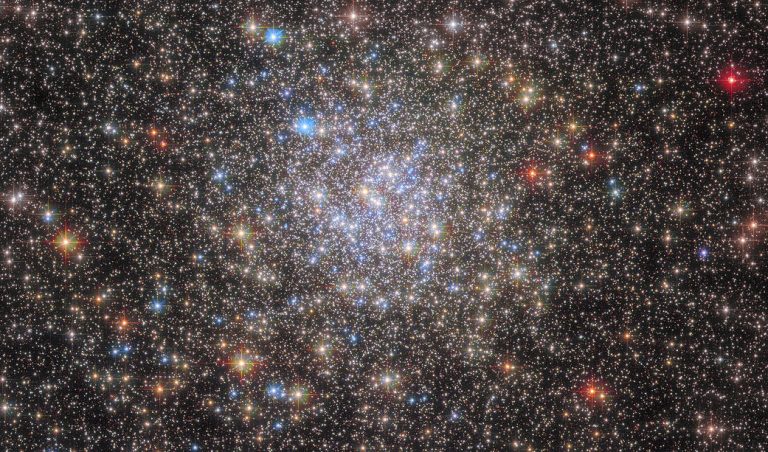
The scattered stars of the globular cluster NGC 6355 are strewn across this image from the NASA/ESA Hubble Space Telescope. NGC 6355 is a galactic globular cluster that resides in our Milky Way galaxy’s inner regions. It is less than 50,000 light-years from Earth in the constellation Ophiuchus. Globular clusters are stable, tightly bound groups of tens of thousands to millions of stars that are associated with all types of galaxies. Their dense populations of stars and mutual gravitational attraction give these clusters a roughly spherical shape that holds a bright, central concentration of stars surrounded by an increasingly sparse sprinkling of stars. The dense, bright core of NGC 6355 shines in crystal-clear detail as Hubble is able to resolve individual stars in the crowded…

更新于2022年12月22日:SpaceX关于重新增强哈勃太空望远镜可能性的非独家研究正在进行中。在2022年12月22日星期四,NASA发布了一份信息征询,以寻求更多有关商业能力的信息,以哈勃作为演示,在轨道上重新装载卫星,无需政府支付任何费用。目前,NASA还没有计划执行或资助专门的哈勃维修任务。信息征询将一直开放到2023年1月24日,NASA将继续探索哈勃未来的选择。
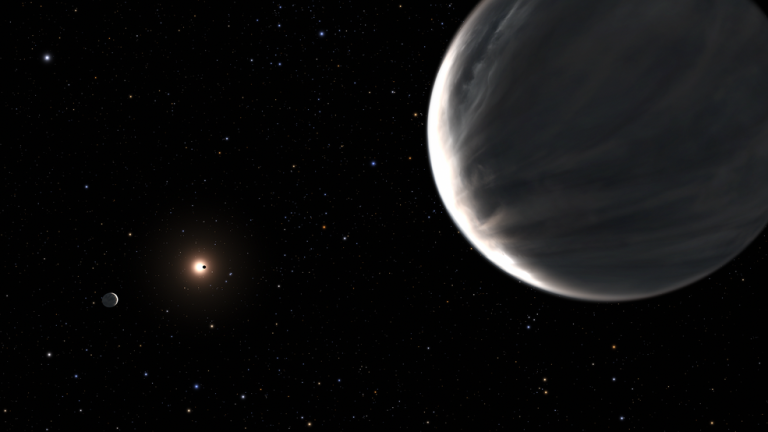
由蒙特利尔大学的研究人员领导的一个团队发现了证据,表明围绕一颗红矮星运行的两颗系外行星是“水世界”,水在整个行星中占了很大一部分。这些行星位于天琴座218光年外的一个行星系中,不同于我们太阳系中发现的任何行星。
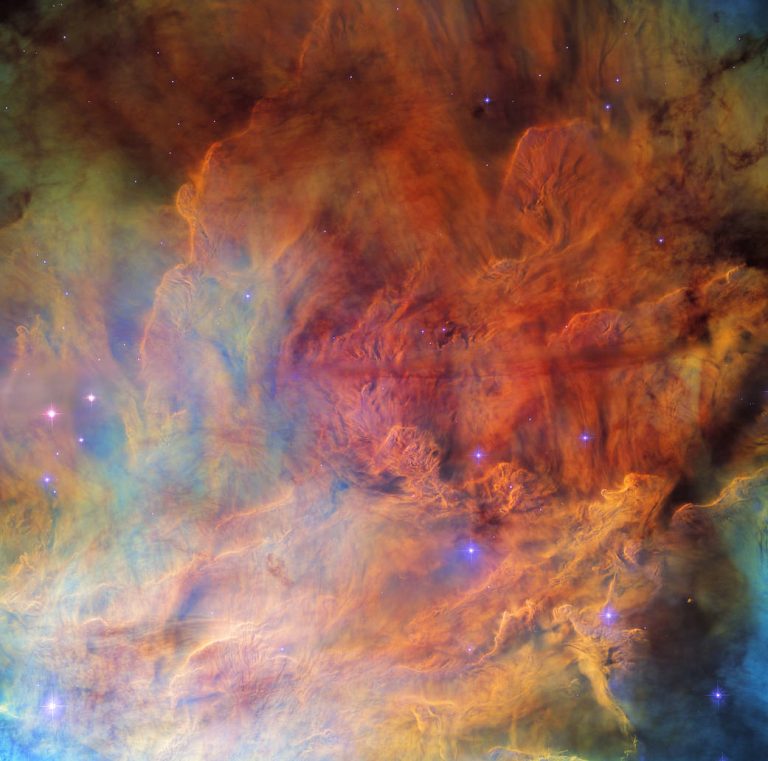
A portion of the open cluster NGC 6530 appears as a roiling wall of smoke studded with stars in this image from the NASA/ESA Hubble Space Telescope. NGC 6530 is a collection of several thousand stars lying around 4,350 light-years from Earth in the constellation Sagittarius. The cluster is set within the larger Lagoon Nebula, a gigantic interstellar cloud of gas and dust. Hubble has previously imaged the Lagoon Nebula several times, including these images released in 2010 and 2011. It is the nebula that gives this image its distinctly smoky appearance; clouds of interstellar gas and dust stretch from one side of the image to the other. Astronomers investigated NGC 6530 using Hubble’s Advanced Camera for Surveys and Wide Field Planetary Camera 2. They…
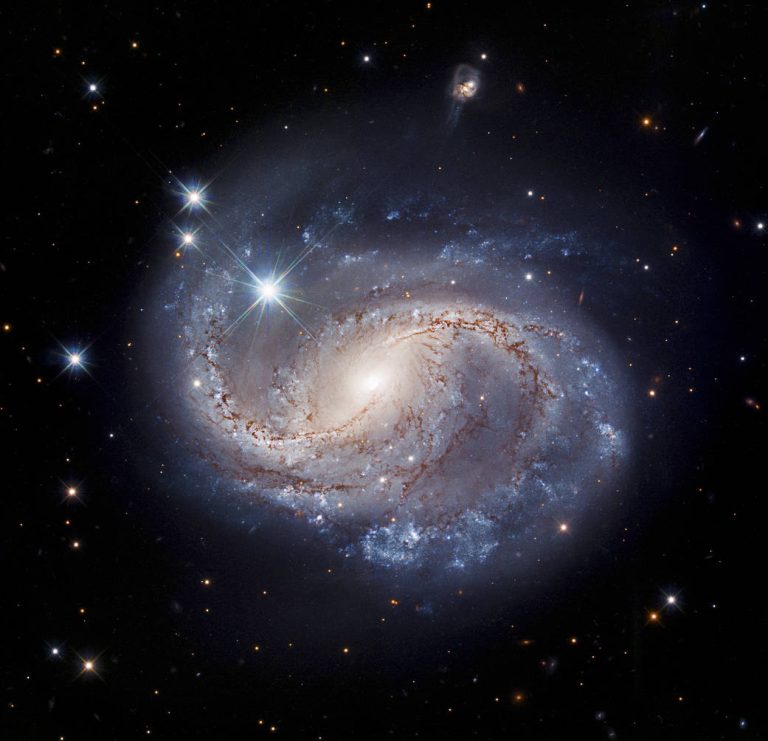
Against an inky black backdrop, the blue swirls of spiral galaxy NGC 6956 stand out radiantly. NGC 6956 is a barred spiral galaxy, a common type of spiral galaxy with a bar-shaped structure of stars in its center. This galaxy exists 214 million light-years away in the constellation Delphinus. Scientists used NASA’s Hubble Space Telescope to image NGC 6956 to study its Cepheid variable stars, which are stars that brighten and dim at regular periods. Since the period of Cepheid variable stars is a function of their brightness, scientists can measure how bright these stars appear from Earth and compare it to their actual brightness to calculate their distance. As a result, these stars are extremely useful in determining the distance of cosmic objects, which…
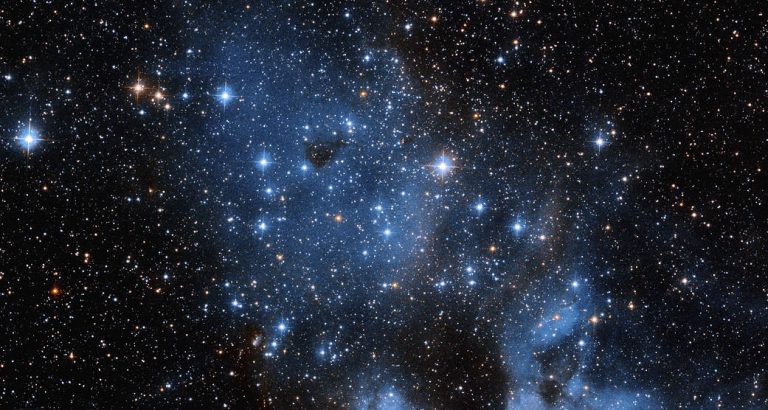
Against a backdrop littered with tiny pinpricks of light glint a few, brighter stars. This whole collection is NGC 1858, an open star cluster in the northwest region of the Large Magellanic Cloud, a satellite galaxy of our Milky Way that boasts an abundance of star-forming regions. NGC 1858 is estimated to be around 10 million years old. Open clusters are a type of star cluster with loose gravitational attraction between the stars, which causes the cluster to be irregularly shaped and its stars to be spread out. NGC 1858 is also an emission nebula, which is a cloud of interstellar gas that has been ionized by ultraviolet wavelengths radiating off of nearby stars. The gas of the nebula emits its own light at visible…

A small, dense cloud of gas and dust called CB 130-3 blots out the center of this image from the NASA/ESA Hubble Space Telescope. CB 130-3 is an object known as a dense core, a compact agglomeration of gas and dust. This particular dense core is in the constellation Serpens and seems to billow across a field of background stars. Dense cores like CB 130-3 are the birthplaces of stars and are of particular interest to astronomers. During the collapse of these cores enough mass can accumulate in one place to reach the temperatures and densities required to ignite hydrogen fusion, marking the birth of a new star. While it may not be obvious from this image, a compact object teetering on the brink of…
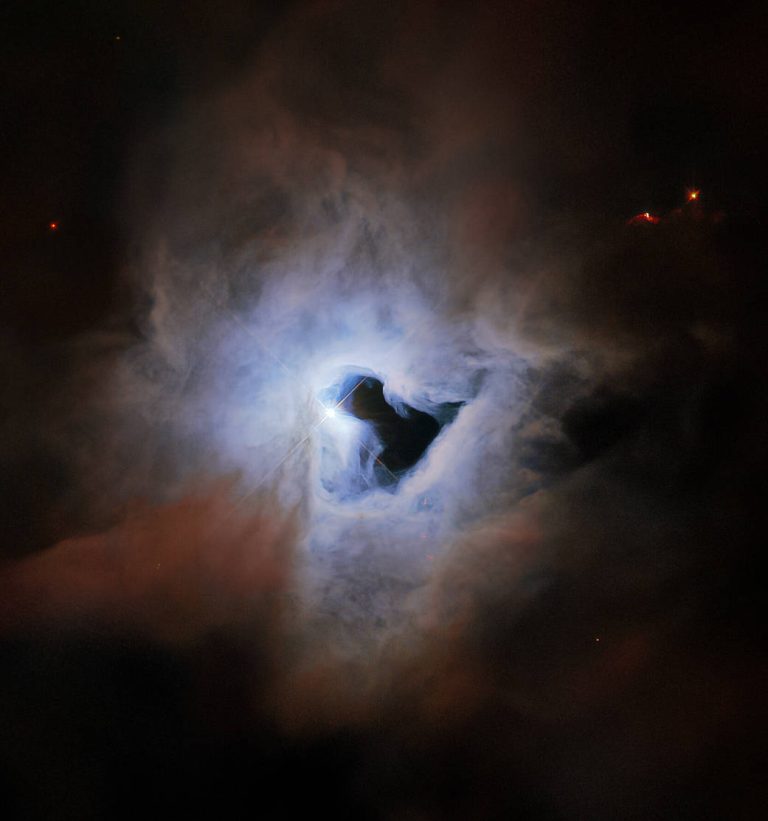
This peculiar portrait from the NASA/ESA Hubble Space Telescope showcases NGC 1999, a reflection nebula in the constellation Orion. NGC 1999 is around 1,350 light-years from Earth and lies near the Orion Nebula, the closest region of massive star formation to Earth. NGC 1999 itself is a relic of recent star formation – it is composed of debris left over from the formation of a newborn star. Just like fog curling around a streetlamp, reflection nebulae like NGC 1999 shine by the light from an embedded source. In the case of NGC 1999, this source is the aforementioned newborn star V380 Orionis, which is visible at the center of this image. The most notable aspect of NGC 1999’s appearance, however, is the conspicuous hole in…